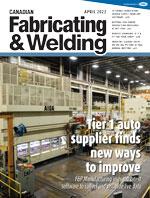Director of Marketing
- FMA
- The Fabricator
- FABTECH
- Canadian Metalworking
10 things fabricators should expect from ERP software
Real-time data that can be accessed anywhere can help improve operations
- By Adam Grabowski
- May 2, 2022
- Article
- Automation and Software
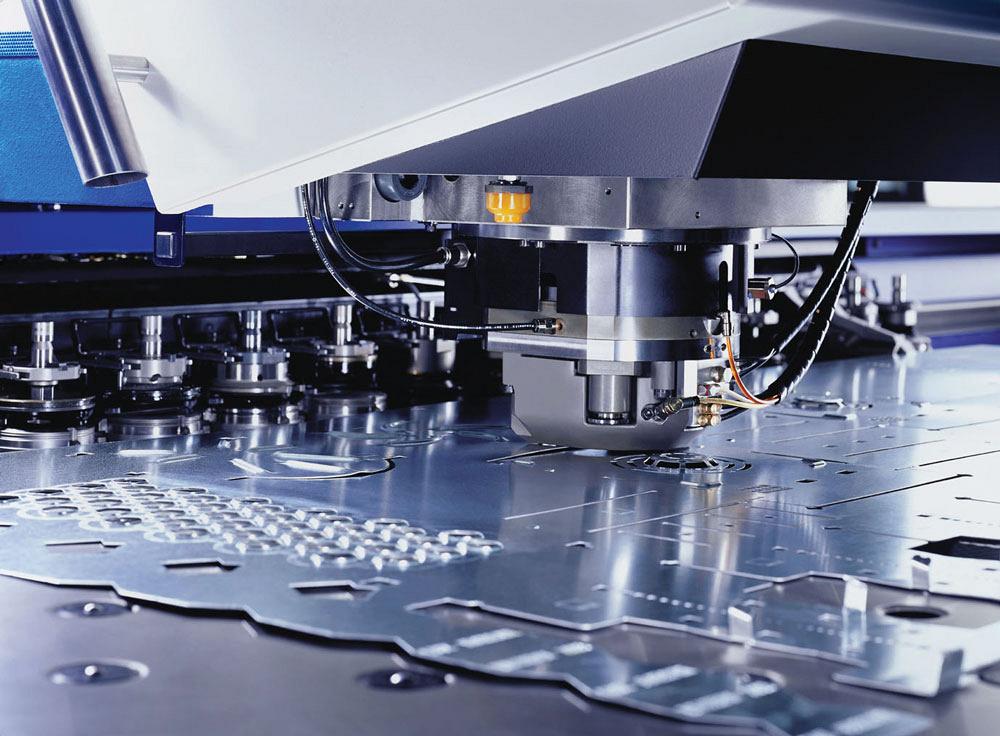
One way to get lean production numbers is to make sure nesting software, tooling, machines, and ERP software are communicating back and forth.
Fabricators are constantly looking for new ways to take their businesses to the next level, and one way to do that is through investing in enterprise resource planning (ERP) software. But not all ERP systems are created equal, and not all are right for every shop. You can gain many benefits from ERP software implementation by choosing a system that has the right features and capabilities for your needs.
1. Peace of Mind
You can’t buy peace of mind, but having ERP software that is always on, offering access to your manufacturing systems from anywhere at any time—and doing so securely because it is available in the cloud or on-site—can sure help. So look for software that provides real-time data about your manufacturing business from any device.
Adding to that peace of mind is knowing customer support is available in two minutes or less, 24/7/365, from someone in your local market. No more waiting for data or wondering when service will be available.
An ERP software provider should be providing more than just the software to manage critical business functions— it should be providing you user conferences, training, and other resources to help you grow your business. Some offer access to their own industry experts to help you evaluate the manufacturing process and ERP software for continuous improvement.
It’s important to work with an ERP vendor who is a long-term partner that offers peace of mind, not more problems like waking up to a forced upgrade or unsupported version that costs more money.
Here are some great questions to ask:
- Does the software provider have plans on selling?
- Is the provider influenced by private equity or third parties?
- Will the provider spend more on its debt and dividends or on product R&D?
Look at the financial statement of the company and check for line items like debt, interest paid, dividends, and good will (a sneaky balance sheet account highly leveraged companies can borrow against to pay dividends even while losing money).
2. Real-time KPIs
The only way to know exactly how your shop is performing is to have access to various metrics about your business and manufacturing operations.
These Key performance indicators (KPIs) allow for proactive decision-making and help you predict a crisis rather than react to it. ERP software should provide these real-time KPIs so you can measure and compare your business against itself, as well as against industry-specific metrics. How does your shop’s on-time delivery compare to your previous jobs and to other, similar manufacturers? Only real-time KPIs can answer those questions.
3. CAD Integration
No fabricator should have to sit for hours each week writing bills of materials (BOMs). Look for ERP software that provides a low-cost or no-cost CAD interface, giving time back to employees to do things that matter to the business and bottom line.
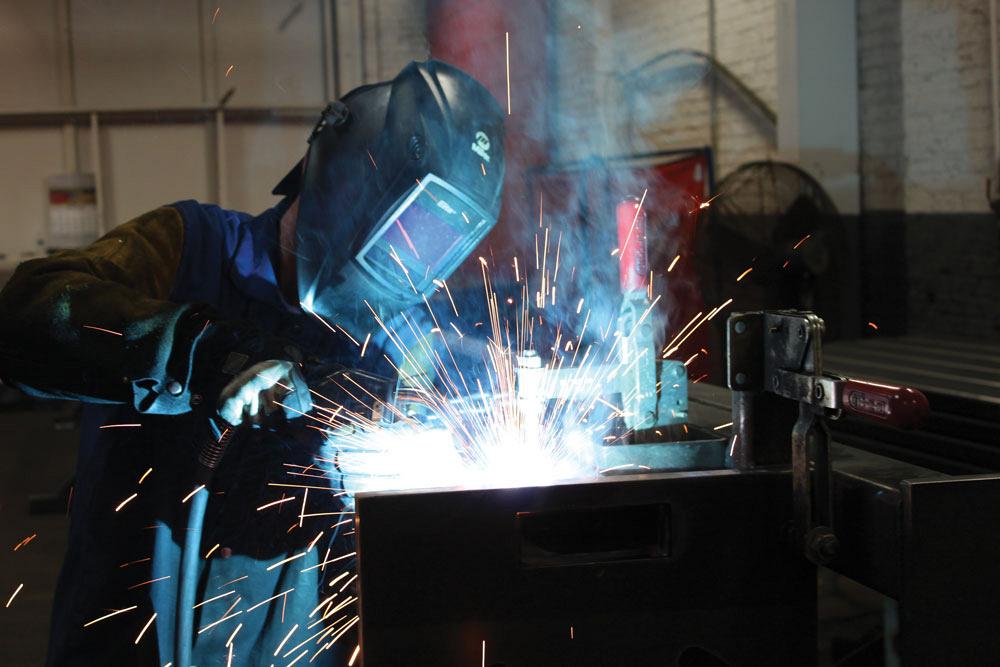
ERP software should provide real-time performance measurement so shops know who is consistently exceeding, meeting, or missing expectations.
A CAD interface will seamlessly import the BOMs into the software from existing CAD software, removing the task of manual data entry. Through a fully integrated ERP system, an engineer can compare the imported BOM to the material and inventory located in the ERP software, ensuring each job has the material needed for on-time, on-budget completion. This eliminates wasted time and error-laden duplicate entry.
4. Scheduling
The ERP software scheduling module should allow you to view and accurately schedule shop resources, outside processes, and material requirements while estimating lead times for jobs.
Employees should be able to show up to work and know what to work on in real time without consulting management. No more daily production meetings and manually preparing machines and employees for what they will do each day. Instead, fabricators can get back to making parts.
Scheduling also enables delivery on time, every time. The combination of a paperless shop floor, real-time inventory tracking, automated purchasing, advanced planning and scheduling, and real-time data from machines and employees in the shop gives customers real-time delivery information based on actual shop load and material availability.
5. Tracking and Recording Machine Data
ERP software should be flexible enough to integrate easily with machine monitoring tools, allowing fabricators to increase efficiency without losing data.
Any machine that can run unattended should be assigned an employee number, but without a pay rate. That way, when a job is running unattended, the software can still gather the machine cost and overhead, but the employee pay rate is no longer part of the equation.
There are few things better than making parts nearly labor-free, and it eliminates inaccurate financials with employees attached to unattended machines or work centres.
6. Lean Production Metrics
One way to get lean production numbers is to make sure nesting systems, tooling, machines, and ERP software are communicating back and forth.
When you can see inventory and production schedules in your ERP software, you can easily send that information to your nesting software to help optimize cut lists. The nesting software, in return, can share cut list details, material drops, scrap, and estimates for routing and work orders, among other things, back into the ERP software.
Automating this process frees up time for employees to focus on producing a quality product on time.
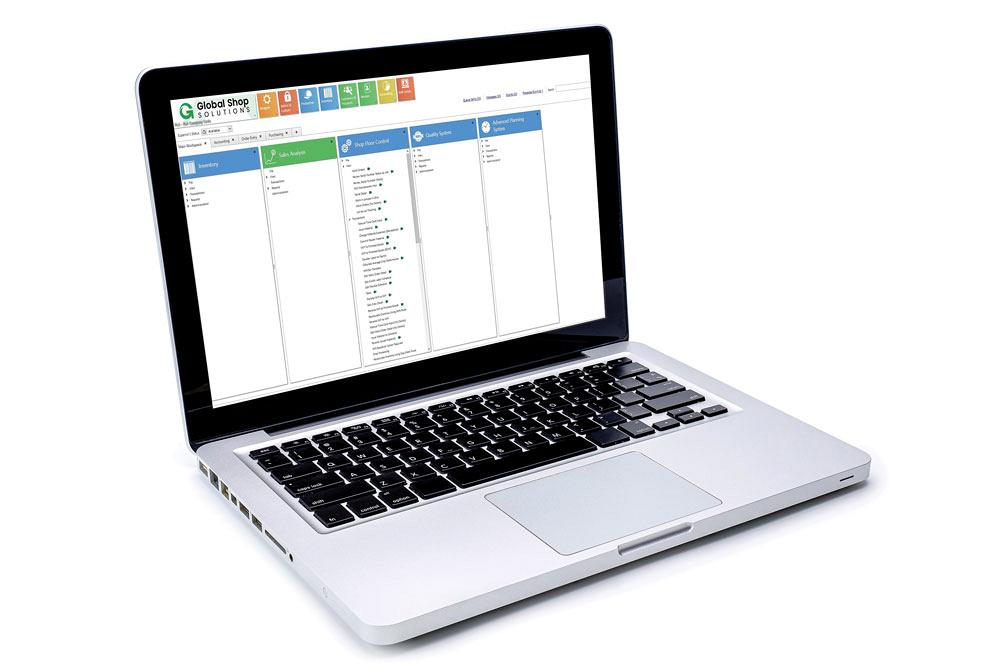
The software should provide an ecosystem with the ability to customize the system, build applications, and create custom reports.
7. Document Control
Imagine a world where certifications and document management come easy.
An ERP system should provide document control, allowing you to attach any type of file to any major data entity in the system, including drawings, material certs, inspection sheets, work orders, sales orders, inventory lists, and purchase orders, so it is one click away.
Version management should maintain a full historical record of all changes made to a document, along with the secure capability to roll back to previous versions when necessary.
8. Financial Accounting
Look for ERP software that provides an integrated financial system giving an accurate reflection of your shop’s operations and inventory.
By relying on real-time reporting and costing down to the component level per job (such as freight, labour, outside services, overhead, and material), you’ll know how money is coming and going and how the slightest changes in pricing can make money or cost money.
9. Hub of Accessible Information
ERP software can redefine how fabricators manage inventory by using the latest in bar code scanning, hand-held printing, and mobile technologies.
Whether receiving incoming raw materials, counting inventory in the warehouse or in the field, or transferring parts on the shop floor, the person handling the material simply scans the bar-coded label, and the ERP software records the transaction in real time.
With these tools, you can track all material and outside services in real time from any device, eliminating manual tags, clipboards, and Excel spreadsheets on the shop floor. And access to real-time information gives you reliable, correct inventory numbers so you can make on-the-spot decisions.
The ERP software should help you manage business as it’s happening. Some offer mobile apps with dashboards that let you view, enter, or take action on sales, orders, work in progress, inventory, and customer relationship management from any device in real time.
10. Customized Reporting
Most fabricators want or need to customize screens, implement workflows, increase functionality, extend ERP with integrations, or run reports at scheduled intervals.
The software should provide an ecosystem that lets you customize the system, build applications, and create custom reports, as well as download what has been developed for or by the ecosystem for free.
Do you ever wonder which employee, shift, work centre, or departments are performing best? With real-time performance measurements on a single screen with filter and grouping capabilities, you can determine who is consistently exceeding, meeting, or missing expectations.
One size does not fit all, especially in manufacturing, and ERP should be flexible to meet your needs.
Adam Grabowski is director of marketing for Global Shop Solutions, 975 Evergreen Circle, The Woodlands, Texas 77380, 800-364-5958, www.globalshopsolutions.com.
About the Author
subscribe now


Keep up to date with the latest news, events, and technology for all things metal from our pair of monthly magazines written specifically for Canadian manufacturers!
Start Your Free Subscription- Trending Articles
BlueForge Alliance partners with Nuts, Bolts & Thingamajigs to develop Submarine Manufacturing Camps

Portable system becomes hot tech in heat treatment

Orbital tube welding webinar to be held April 23

Cidan Machinery Metal Expo 2024 to be held in Georgia May 1-2

Corrosion-inhibiting coating can be peeled off after use
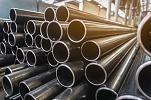
- Industry Events
MME Winnipeg
- April 30, 2024
- Winnipeg, ON Canada
CTMA Economic Uncertainty: Helping You Navigate Windsor Seminar
- April 30, 2024
- Windsor, ON Canada
CTMA Economic Uncertainty: Helping You Navigate Kitchener Seminar
- May 2, 2024
- Kitchener, ON Canada
Automate 2024
- May 6 - 9, 2024
- Chicago, IL
ANCA Open House
- May 7 - 8, 2024
- Wixom, MI













